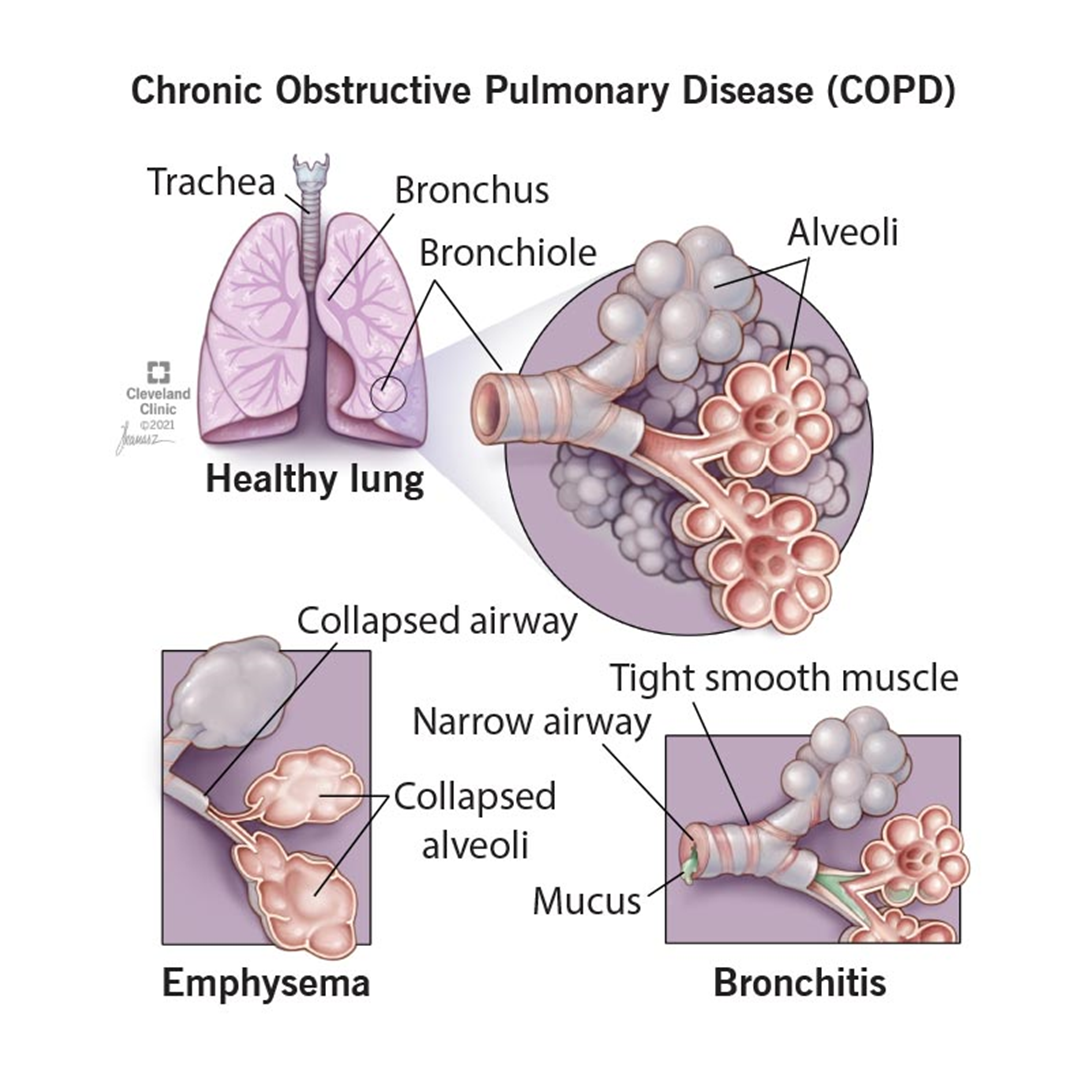Furosemide is prescribed for a client with a history of heart failure (HF). Which foods should the nurse encourage this client to eat?
Pasta, cereal, and bread.
Cheese, milk, and yogurt.
Liver, beef, and chicken.
Bananas, oranges, and peaches.
The Correct Answer is D
Choice A Reason:
Pasta, cereal, and bread are not particularly rich in potassium, which is important for clients taking furosemide. Furosemide is a loop diuretic that can cause the body to lose potassium, so it is essential to consume potassium-rich foods to maintain normal levels. These foods are more carbohydrate-based and do not provide the necessary potassium.
Choice B Reason:
Cheese, milk, and yogurt are good sources of calcium and protein but are not the best sources of potassium. While dairy products do contain some potassium, they are not as rich in potassium as fruits like bananas, oranges, and peaches. Additionally, clients with heart failure may need to monitor their intake of dairy products due to their sodium content.
Choice C Reason:
Liver, beef, and chicken are excellent sources of protein and iron but are not particularly high in potassium. While these foods are beneficial for overall nutrition, they do not address the specific need for increased potassium intake in clients taking furosemide.
Choice D Reason:
Bananas, oranges, and peaches are rich in potassium, which is crucial for clients taking furosemide. Furosemide can lead to hypokalemia (low potassium levels), and consuming potassium-rich foods helps to counteract this effect. Potassium is vital for maintaining normal heart function and muscle contractions. Including these fruits in the diet can help prevent the adverse effects of low potassium levels, such as muscle weakness, cramps, and arrhythmias.
Nursing Test Bank
Naxlex Comprehensive Predictor Exams
Related Questions
Correct Answer is D
Explanation
Choice A reason:
Rinsing the mouth after each use of an inhaler is a recommended practice, especially for inhalers containing corticosteroids, to prevent oral thrush and other side effects. Although ipratropium is not a corticosteroid, rinsing the mouth can still help reduce any potential irritation or unpleasant taste.
Choice B reason:
Storing the medication at room temperature is appropriate for most inhalers, including ipratropium2. This ensures the medication remains effective and safe to use. It is important to keep the inhaler away from extreme temperatures and direct sunlight.
Choice C reason:
Attaching a spacer device to the inhaler can be beneficial, especially for patients who have difficulty coordinating the timing of inhalation with the activation of the inhaler. A spacer helps ensure that more medication reaches the lungs rather than being deposited in the mouth or throat.
Choice D reason:
Priming the inhaler with 7 pumps is excessive. Typically, ipratropium inhalers require priming with only 2 to 4 sprays before the first use or if the inhaler has not been used for a few days. Over-priming can waste medication and may indicate that the client needs additional instruction on proper inhaler use.

Correct Answer is C
Explanation
Choice A reason: Administering potassium is not the primary action for treating digoxin toxicity. While hypokalemia can exacerbate digoxin toxicity, the initial step is to assess and stabilize the patient’s overall condition, including acid-base and electrolyte balance. Potassium administration may be considered if hypokalemia is present, but it is not the first-line treatment.
Choice B reason: Cardioversion is not typically used to treat digoxin toxicity. Digoxin toxicity can cause various arrhythmias, but the treatment focuses on stabilizing the patient and addressing the toxicity itself2. Cardioversion may be considered in life-threatening arrhythmias, but it is not the primary intervention.
Choice C reason: Checking acid-base and electrolyte values is crucial in managing digoxin toxicity. Digoxin toxicity can lead to electrolyte imbalances, particularly hyperkalemia, which can be life-threatening. Assessing and correcting these imbalances is essential for stabilizing the patient and preventing further complications.
Choice D reason: Giving digoxin by another route to slow absorption is not an appropriate action. The primary treatment for digoxin toxicity involves stopping the medication and administering digoxin-specific antibody fragments (Fab) if necessary. These antibodies bind to digoxin, neutralizing its effects and allowing for its excretion.
Whether you are a student looking to ace your exams or a practicing nurse seeking to enhance your expertise , our nursing education contents will empower you with the confidence and competence to make a difference in the lives of patients and become a respected leader in the healthcare field.
Visit Naxlex, invest in your future and unlock endless possibilities with our unparalleled nursing education contents today
Report Wrong Answer on the Current Question
Do you disagree with the answer? If yes, what is your expected answer? Explain.
Kindly be descriptive with the issue you are facing.
